Life
Sign up for our newsletter
We summarize the week's scientific breakthroughs every Thursday.
-
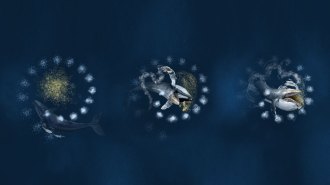 Animals
AnimalsHumpback whales use their flippers and bubble ‘nets’ to catch fish
A study reveals new details of how humpback whales hunt using their flippers and a whirl of bubbles to capture fish.
By Sofie Bates -
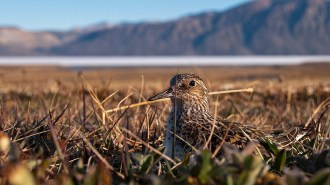 Life
LifeExtreme snowfall kept most plants and animals in one Arctic ecosystem from reproducing
A very snowy winter in 2018 left parts of Greenland covered well into the summer, causing an ecosystem-wide reproductive collapse in one area.
-
 Archaeology
ArchaeologyAncient European households combined the rich and poor
Homes combined “haves” and “have-nots” in a male-run system, suggests a study that challenges traditional views of ancient social stratification.
By Bruce Bower -
 Earth
Earth50 years ago, an Antarctic fossil pointed to Gondwanaland’s existence
Fifty years ago, fossils from Antarctica helped seal the deal that the southern continents were once connected in one, giant landmass called Gondwanaland.
-
 Life
LifeHow tardigrades protect their DNA to defy death
Tardigrades encase their DNA in a cloud of protective protein to shield from damage by radiation or drying out.
-
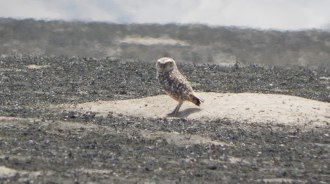 Ecosystems
EcosystemsBurrowing birds create pockets of rich plant life in a desert landscape
Mounds of sand dug out by birds are hot spots for plants in Peru’s Atacama Desert, possibly providing a sheltered and moist area for seed germination.
-
 Neuroscience
NeuroscienceDueling brain waves during sleep may decide whether rats remember or forget
In a slumbering rat, two distinct kinds of brain waves have opposite jobs.
-
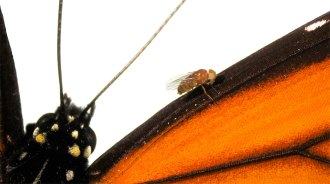 Life
LifeGene editing can make fruit flies into ‘monarch flies’
Just three molecular changes can make fruit flies insensitive to milkweed toxins.
-
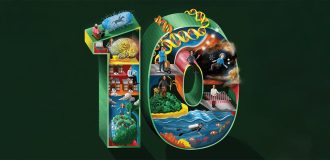 Science & Society
Science & SocietyThis year’s SN 10 enjoy the journey, not just the discovery
Meet 10 young researchers who combine persistence and passion to make headway on science’s big questions.
-
 Health & Medicine
Health & MedicineSeth Shipman recorded a movie in DNA — and that’s just the beginning
Seth Shipman is developing tools that may reveal hidden biological processes.
-
 Climate
ClimateAbigail Swann’s alternate Earths show how plants shape climate
Abigail Swann's studies reveal that water vapor from forests can affect drought patterns a hemisphere away.
By Susan Milius -
 Neuroscience
NeuroscienceMaryam Shanechi designs machines to read minds
Maryam Shanechi creates computer programs that link brain and machine to one day help patients with paralysis or psychiatric disorders.